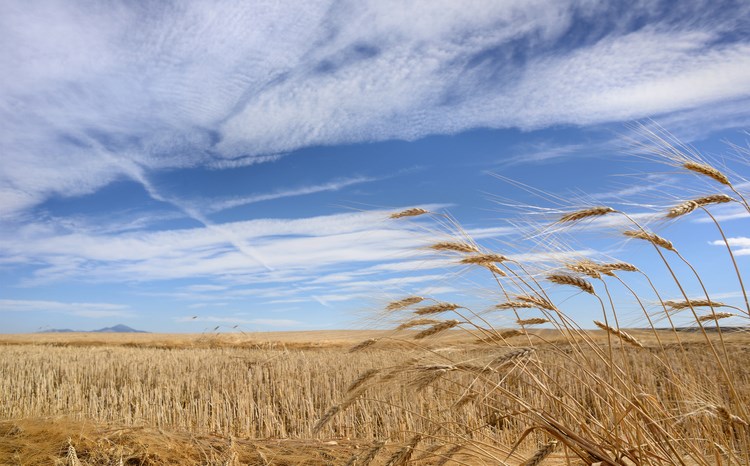Western Canada farmland values showed strong growth in 2021, largely ignoring natural disasters.
Record drought on the Prairies last year had “limited to no distinguishable impact,” Farm Credit Canada reported in conjunction with its release March 14 of its annual report on farmland values.
“It’s too early to say it’s not going to have an impact, but so far we’ve not seen any indication, a signal that the dry conditions in 2021 have slowed to a significant level the increase that we’ve seen in land values,” said Jean-Phillipe Gervais, chief economist with the federal farm lender. “But that’s something we’ll continue to monitor.”
Manitoba led growth in farmland values on the Prairies, at 9.9 per cent, outpacing the national average of 8.3 percent. Saskatchewan ranked second among the Prairie provinces at 7.6 per cent. Both provinces saw the strongest growth of the past four years, thanks to strong commodity prices.
“Farm income is the No. 1 driver,” Gervais said. “It’s really in line with the increase in receipts for grains and oil seeds that we’ve seen, which is not accounting for some of the crop insurance payments that are going to make their way through some farm operations.”
This was in sharp contrast with Alberta, where the value of farmland increased 3.6 per cent, the second-lowest growth rate of the past decade. FCC characterized the growth in Alberta as “stable to moderate” but its report noted that access to water was key. Southern Alberta saw tracts of irrigated land gain an average of 10.7 per cent in value last year.
Similar conditions prevailed across the Prairies, something Gervais expects to continue this year as the region enters a year of pronounced volatility.
“There’s going to be a lot of volatility in 2022,” he said.
While futures for grains are allowing some producers to lock in prices, drought remains a concern.
“We’re going into 2022 a little bit dry, for sure,” he said. “There’s ground to make up in terms of moisture.”
Rising input costs, including pronounced increases for fuel, fertilizer and chemicals, are also factors.
“Profitability is going to be challenged,” he said.
However, most lenders have already priced in the impact of interest rate increases, so Gervais thinks any moves by the Bank of Canada will have limited impact on borrowing costs. The prime rate could increases as much as 1 per cent with minimal impact on land purchases.
“The ability to sustain the demand for farmland is based on income, but of course interest rates matter,” he said “I expect the demand for farmland will remain strong.”
Operations that may be having second thoughts about expanding given the uncertainties this year should ask whether or not the properties they’re eyeing fit with their long-term business plan, he said.
“It’s really about making sure that if you’re buying land, it fits your strategic plan. Where do you want to take your business from now until at least five years down the road? Building equity in your business, buying land – historically, it’s been a pretty profitable strategy,” he said. “If you look at the world and the demand that they have for the commodities that we grow, I think the outlook remains positive.”
As of mid-2021, Manitoba farmland sold for an average of $2,280 per acre; for $1,588 per acre in Saskatchewan; for $3,012 per acre in Alberta, and for $6,675 for an acre in British Columbia, according to Statistics Canada.



